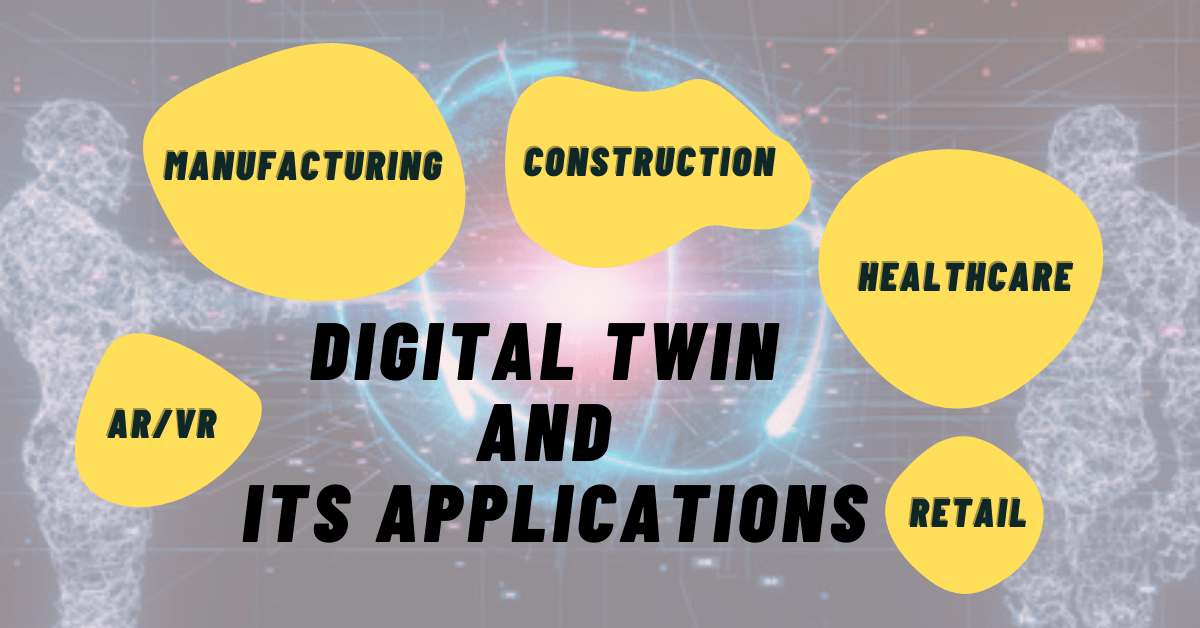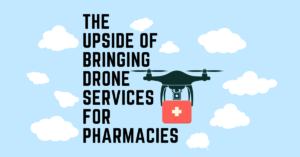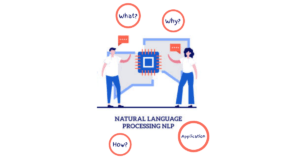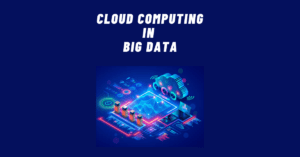Digital twin technology is one of the essential Industry 4.0 technology accessible today. Although, it is not a new concept. Digital twins are digital representations of real things, products, and processes. Engineers have utilized 3D renderings of computer-aided design (CAD) models, asset models, and process simulations for more than 30 years to verify and confirm manufacturability. NASA, for example, has been running sophisticated spaceship simulations for decades.
Digital twin provides insights into your production line and manufacturing process. The idea of this technology has been around since 2002. However, it has only recently become cost-effective to implement, thanks to the Internet of Things (IoT). It is a technological journey that looks into the very heart of physical assets. Digital twins allow us to see what is happening, or what could happen, with physical assets today and in the future.
What is Digital Twin?
A digital twin is a virtual representation of a physical object, process, or service. It can be considered as a virtual replica of objects, such as an airplane or wind farm. It can also be an oversized item, such as an apartment or a whole city. In addition to physical assets, digital twin technology can replicate processes to collect data and predict their performance.
In reality, a digital twin is computer software that analyses real-world information to determine simulations that predict a process or product’s performance. These programs can use the Internet of Things (Industry 4.0), Artificial Intelligence (AI), and software analytics to improve output.
These virtual models have become a standard in modern engineering to drive innovation with the advancement of Machine Learning and Big Data. In short, the digital twin allows the progress of significant technology trends by stopping costly failures in physical objects. It carries out this function by using advanced analytical, monitoring, and predictive capabilities, test processes, and services.
Applications of Digital Twin
The Digital Twin is the best approach for the business sectors since it helps predict physical assets’ present status and future by analyzing their digital counterparts. Organizations may obtain more significant insights into product performance, improve customer experience, and make better decisions using this technology. The following industries have begun to find better uses for Digital Twins.
Digital Twin in Manufacturing
Digital Twin creates models in the manufacturing sector that can track the entire production process, from raw materials to the finished product, and provide a searchable production record. It also offers detailed functionality and helps businesses replay advanced planning sequences to understand historical events and predict future occurrences. Organizations can utilize this technology to pause, rewind, and fast-forward a visualization of manufacturing operations. As a result, the conclusion provides a real-time, networked monitoring and recording system capable of reporting everything on the factory floor and production line. It also allows management to prioritize and improve processes and make guesses about upcoming problems.
Digital Twin and AR/VR
The AR/VR integration allows users to engage themselves in the realm of the digital twin. This gives the impression of clarity, making the digital twin’s complexity seem more natural. Since you are physically close to a system, your digital twin will overlay, allowing you to see the machine’s inner workings and understand the data flow. This allows for faster and more effective decision-making. For example, Arvizio’s AR digital twin improves planning, inspections, maintenance, and product development by enabling clients to observe and understand AR data on-site and remotely. The Arvizo Extended Reality (XR) Platform allows visualization of table-top or life-size. It supports online 3D collaboration across various XR devices, the HoloLens 2, Magic Leap, iPhone, iPad, and Android phones and tablets.
Applications in Healthcare
Digital twins help healthcare providers to be more effective and deliver customized services. Virtual models can assist in bed shortages, the spreading of germs, staff schedules, and operating rooms. These will help to optimize patient care, cost, and performance. This technology can virtualize the hospital to create a safe environment, which tests the influences of changes on system performance without risks. In the health industry, multiple rounds of testing for new drugs and other operating methods. However, data derived from individuals is typically time-consuming, such as blood tests and scans. Some of these operations can be dangerous to perform directly on human patients. In this situation, the digital twin system streamlines activities while ensuring their safety and effectiveness.
Digital Twin in Construction
A digital twin will help project managers see how a building operates in real time. It allows them to improve performance for future building planning and construction. Information obtained from digital twinning can be utilized to predict models, which assist with monitoring the approach and deciding initiation with the existing building situation based on forwarding simulation. Project managers can also evaluate multiple action path measures and their potential resulting cost functions to choose their best actions.
Applications in Retail
In retail, the key to success is to connect to the customer experience. By creating virtual twins for consumers and modeling clothes for them, a Digital twin in retail seems very promising. The activities could include self-checkout models, supply chain management, business forecasting, brand planning, etc. It also aids in improved in-store planning, security implementation, and energy management.
Digital Twin and the Future of Manufacturing
The digital twin will allow new business models in the future, such as selling physical object-related performance data and pricing things based on predicted performance data. This technology will become increasingly common as businesses discover how to boost productivity and cut expenses. According to a 2020 research by Research and Markets:
- By 2025, the digital twin will be present on up to 89 percent of all IoT platforms.
- By 2027, digital twinning will be a standard IoT feature.
Nearly 36% of executives across a range of sectors recognize the benefits of digital twinning, with about half aiming to implement it in their operations by 2028.




